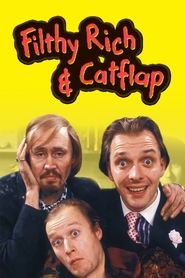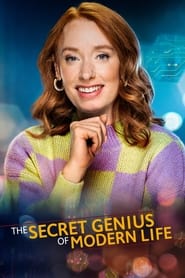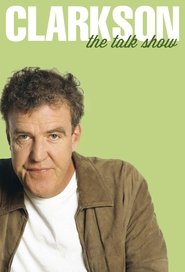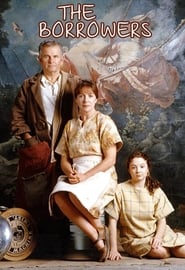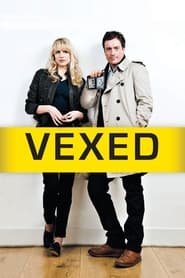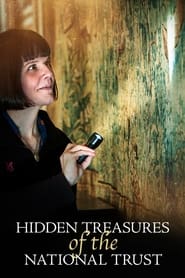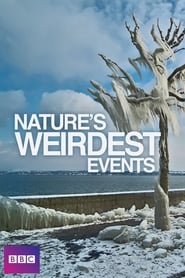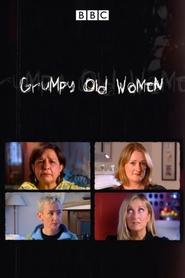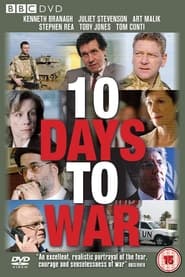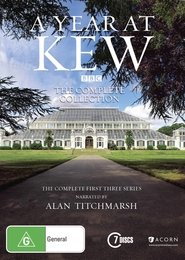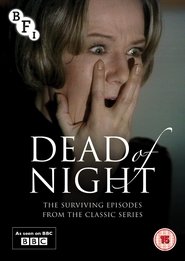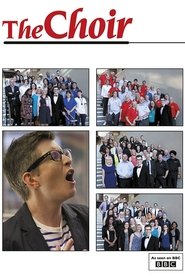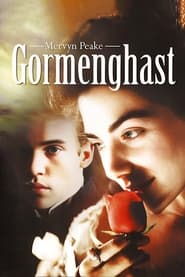Bbc Two TV Series - Page 18
-
Yellowstone
2009
star 7.6A natural history portrait of a year in Yellowstone, following the fortunes of America's wildlife icons as they face the challenges of one of the most extraordinary wildernesses on Earth. -
I Am Not an Animal
2004
star 8.6I Am Not An Animal is an animated comedy series about the only six talking animals in the world, whose cosseted existence in a vivisection unit is turned upside down when they are liberated by animal rights activists. -
Filthy Rich & Catflap
1987
star 6.6Richie causes trouble in his pursuit of TV fame with Eddie, his alcoholic minder, and Filthy, his sponging agent. -
The Secret Genius of Modern Life
2022
star 5.9Hannah Fry uncovers the secrets behind the miraculous technologies of the modern world, revealing the mind-blowing stories behind their invention. -
Clarkson
1998
-
The Borrowers
1992
star 6.4The Borrowers are small, 15cm high humans who live in the English hinterland. They live out their lives in mouse-hole sized nooks in human homes, and survive by 'borrowing' all they need from the house and its inhabitants. This series follows young girl Arriety, and her parents Pod and Homily, as they are displaced from their home and try to find a new home, with the help of a human boy, George. -
Let's Play Darts
2015
-
Vexed
2010
star 6.9Comedy drama following a mismatched pair of police officers who disagree on everything with their partner, from policing to their personal life. -
Live Floor Show
2002
Live Floor Show
2002
Live Floor Show was a television comedy show produced by BBC Scotland for three series from 2002–2003. The first two series, hosted by Greg Hemphill, were broadcast on BBC One Scotland. The third series, hosted by Dara Ó Briain, was shown on BBC Two. The programme featured a number of regular acts on one of the three stages at the Queen Margaret Drive studios in Glasgow: Frankie Boyle, Al Murray, Craig Hill, Paul Sneddon, Miles Jupp, and Jim Muir. The show also featured many other well-known guest acts: Bill Bailey, Doug Stanhope, Mackenzie Crook, Des McLean, Craig Charles, Dan Antopolski, Jo Brand, and Matt Blaize. At the end of each show there was a musical act. One notable appearance was by Robert Plant, on the same night as Bill Bailey. -
Hidden Treasures of the National Trust
2023
A look behind the velvet rope at the UK's most beautiful and historic homes with the people saving Britain's priceless heritage. -
Nature's Weirdest Events
2012
star 7.2Chris Packham takes us to the scene of some of the weirdest natural phenomena on the planet, telling the real story of the events behind the headlines. Nature can be cute, scary and stunning, but as Chris Packham discovers in these two packed programs, it can also provide the most awesome, amazing and astonishing sights you’ll ever see – including a car cocooned by caterpillars in Holland; exploding toads in Germany; fish falling from the sky and a storm that turned Sydney crimson. Watching original footage and consulting eyewitnesses and scientists, Chris unravels the facts behind some of the most bizarre and mysterious natural wonders to ever appear on the planet – and explains what on earth was going on. -
Grumpy Old Women
2004
star 8.3A group of middle-aged women grumble about various aspects of modern life. -
A Year at Kew
2004
star 7Alan Titchmarsh narrates a series following the staff and visitors of the Royal Botanic Gardens, Kew. -
Dead of Night
1972
star 7.6Dead of Night was a British television anthology series of supernatural fiction, produced by the BBC and broadcast on BBC2 in 1972. It ran for a single series; of its seven 50-minute episodes, only three—"The Exorcism", "Return Flight", and "A Woman Sobbing"—are known to survive in the BBC's archives. Another programme made by the Dead of Night production team under Innes Lloyd, The Stone Tape, intended to be the eighth episode, does survive in the archives but was not broadcast under the Dead of Night banner. BBC Four rebroadcast "The Exorcism" on 22 December 2007. -
The Choir
2006
The Choir
2006
The Choir is a BAFTA award winning TV series following Gareth Malone as he tackles the task of teaching choral singing to people who have never had the chance, or experience to sing before. The first series aired in 2006, the second series, The Choir: Unsung Town, which involved the creation of a choir in South Oxhey, Hertfordshire began on BBC Two on 1 September 2009, whilst the third series, The Choir: Military Wives was aired in November 2011. -
Gormenghast
2000
star 7At the Castle of Gormenghast, the Groan family has ruled with dusty ceremony for more than seventy generations. A clever and ambitious new kitchen boy, Steerpike, begins to insinuate himself into the affections of Lady Fuchsia Groan and to murder his way to power. -
Q...
1969
star 7.2Q... was a surreal television comedy sketch show from Spike Milligan which ran from 1969 to 1982 on BBC2. There were six series in all, the first five numbered from Q5 to Q9, and a final series titled There's a Lot of It About. The first and third series ran for seven episodes, and the others for six episodes, each of which was 30 minutes long. Various reasons have been suggested for the title. One possibility is that it was inspired by the project to construct the Cunard liner QE2, launched in September 1967, which was dubbed Q4. Another theory is that Milligan was inspired by the BBC 6-point technical quality scale of the time, where "Q5" was severe degradation to picture or sound, and "Q6" was complete loss of sound or vision. This was extended by some engineering departments to a 9-point scale, finishing at "Q9". According to Milligan's autobiography, the final series was renamed There's a Lot of It About after the BBC felt the public might find Q10 too confusing. -
Super Senses: The Secret Power of Animals
2014
star 6.4Biologist Patrick Aryee and physicist Helen Czerski go beyond the limits of human perception to explore the extraordinary and surprising world of animal senses.


